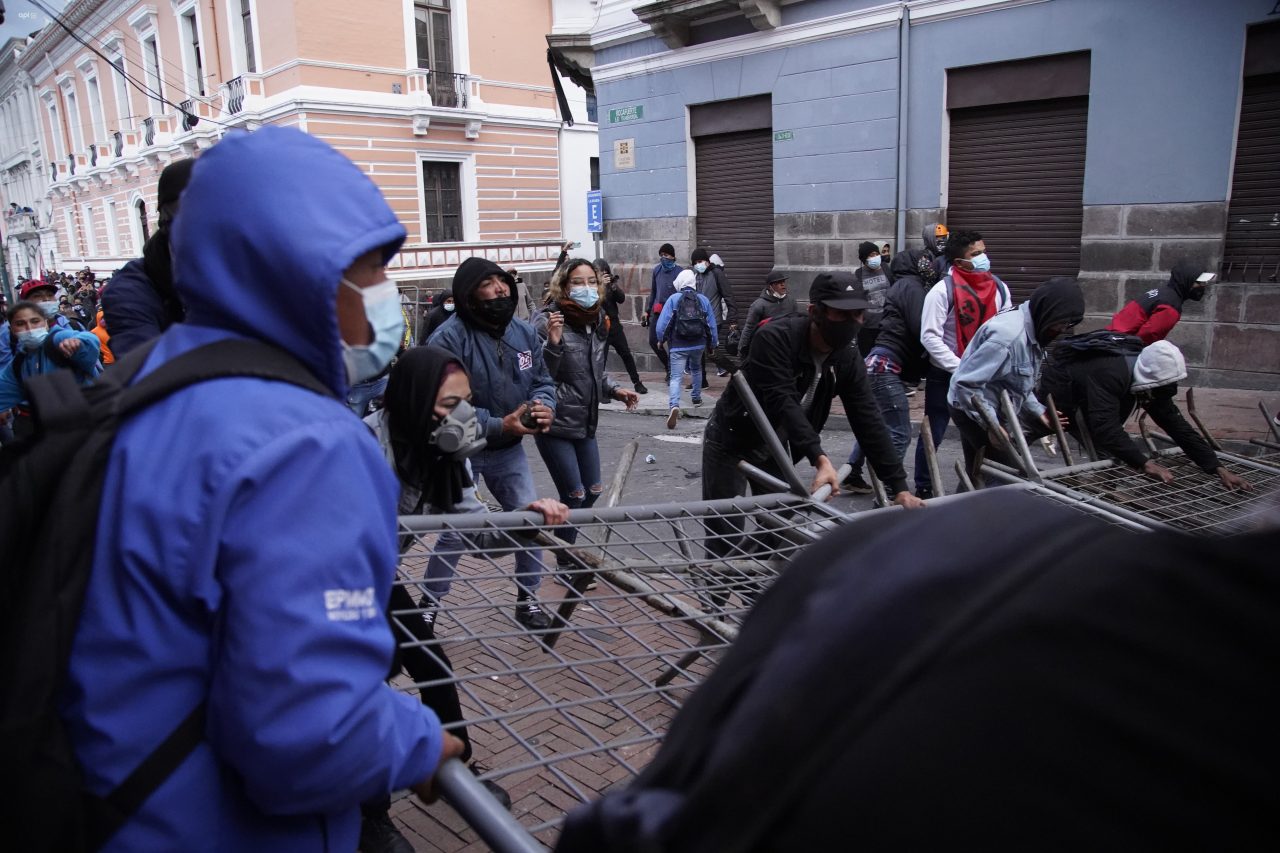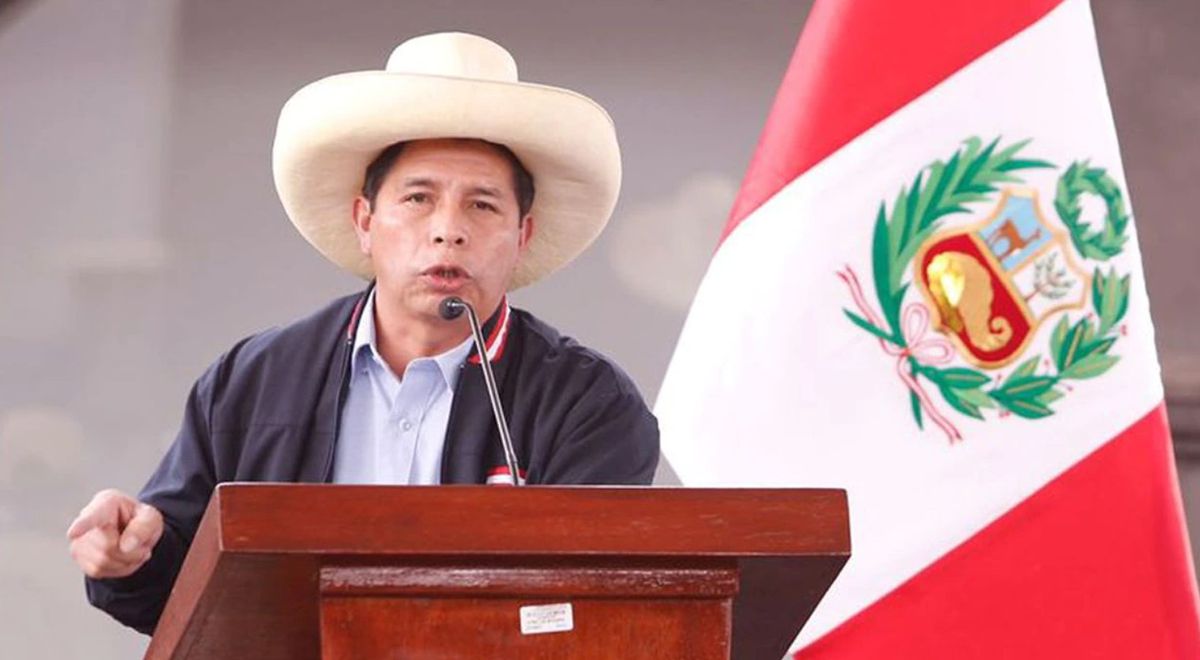Nelson Erazo and Ángel Sánchez are the representatives of the largest social organizations that participated in the past demonstrations.
After the protests held on October 26 and 27, users in social networks showed their discomfort for them, arguing the need to work and produce for a prompt economic reactivation for the country.
The mobilizations They were called by Conaie and the National Collective made up of the Unitary Front of Workers (FUT), the Popular Front, FEINE and FENOCIN.
Who are the leaders of the main organizations calling for the marches?
Nelson Erazo has been president of the Popular Front for 5 years, the largest organization that groups together collective who were present during the days of protest.
It is worker municipal. Although it is part of the Metropolitan Public Mobility and Public Works Company (Epmmop), it says that it currently has a license without remuneration, this by decision of the workers who are part of the General Union of Workers of Ecuador (UGTE), who also contribute a percentage to pay their salary as President, earn $ 500 per month.
“The UGTE has me affiliate to Social Security. My accounts are clear. They can investigate whatever they want, even my living conditions, ”says Erazo.
The organization that he leads has more than 5 million members who fight for the defense of the rights of workers, youth, for free access to health, education and mentions that they are against privatization.
“We defend the sovereignty and not to hand over the Ecuadorian soil to the interests of imperialism ”, he explains and comments that they were persecuted during the government of Rafael Correa.
For his part, Ángel Sánchez, current president of the Unitary Front of Workers (FUT), is also a municipal official. He has been a worker for the Metropolitan Public Company of Passenger Transport of Quito for 26 years although, for now, he has a leave without pay.
Sánchez explains that as president of the FUT he does not have a salary. However, it receives a bonus from the Ecuadorian Confederation of Free Trade Unions (CEOSL), whose members contribute 0.5% to finance the expenses of mobilizations, talks, conferences, among other activities.
According to Dr. Solimar Herrera, a labor lawyer, there are two regimes in the public sector: those under the Organic Law of Public Service (LOSEP) and those under the Labor Code.
“In this case, the union leaders are under the Labor Code, which means that the leaders of these social organizations have permits to dedicate themselves to their activity as leaders,” Herrera points out.
The permission or license that the leaders have, is regulated under a collective contract which is a norm established within the institution or company. “This document contains certain provisions such as union leadership, issues of leave, hours, salaries and the agreements established with the employer,” says Solimar Herrera.
Rodrigo Gómez de la Torre, representative of the businessmen in the National Labor Council, gives his position from the other side, that is, from the union leaderships of the private sector.
“Our positions are honorary, they do not represent salary. I live from what I produce, that is, from my agricultural activity ”, he says and adds that in the case of indigenous leaders, many wonder what they subsist on despite the fact that he points out that there are rumors of alleged financing by NGOs.
“You don’t live by being in the streets demonstrating,” he concludes.
Formation of the Popular Front
The Popular Front has been in the country for 38 years. It is made up of union, social, union and popular groups, among which are: General Union of Workers of Ecuador (UGTE), National Union of Educators (UNE), Unique Federation of Affiliates to Rural Social Security (Feunassc), Student Federation University of Ecuador (FEUE), Federation of Secondary Students of Ecuador (FESE) and 9 other groups.
La presidencia del FUT se renueva cada 2 años. Ángel Sánchez terminará su gestión como presidente de turno del FUT en mayo de 2023.








